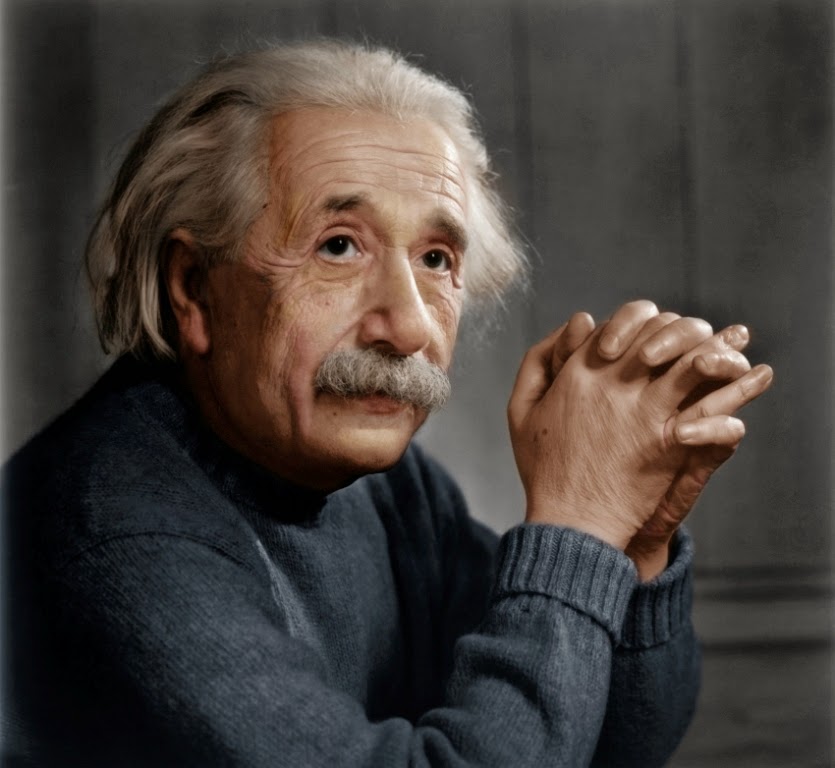Albert Einstein, a name synonymous with genius, is best known for his groundbreaking contributions to theoretical physics. His theories, particularly the theory of relativity, revolutionized our understanding of space, time, and gravity. In a world where science continually evolves, Einstein's work remains a cornerstone of modern physics and continues to inspire countless individuals in their quest for knowledge.
Born on March 14, 1879, in Ulm, Germany, Einstein demonstrated an early aptitude for mathematics and physics. Despite facing numerous challenges throughout his life, including struggles in his academic career and societal pressures, he persevered and made remarkable discoveries that would change the course of scientific history. His ability to think outside the box and challenge conventional wisdom set him apart as one of the most influential scientists of all time.
Throughout this article, we will explore the various aspects of Einstein's life, including his key achievements, personal life, and enduring legacy. We will delve into the scientific contributions that define him, the impact of his work on contemporary science, and how his ideas continue to resonate in today's technological age.
Table of Contents
- Biography of Albert Einstein
- Key Achievements
- Theory of Relativity
- Photoelectric Effect
- Nobel Prize in Physics
- Personal Life
- Legacy and Influence
- Conclusion
Biography of Albert Einstein
Albert Einstein’s life is as fascinating as his scientific contributions. He was born into a middle-class Jewish family, and his early education was marked by a love for mathematics and physics. However, he often clashed with the rigid educational system of his time. After completing his education in Switzerland, Einstein faced difficulty finding a teaching position, leading him to work at the Swiss Patent Office.
| Personal Information | Details |
|---|---|
| Name | Albert Einstein |
| Date of Birth | March 14, 1879 |
| Place of Birth | Ulm, Germany |
| Occupation | Theoretical Physicist |
| Date of Death | April 18, 1955 |
Key Achievements
Einstein's key achievements are numerous and varied, showcasing his profound impact on physics and beyond. Some of the most significant include:
- Development of the Theory of Relativity
- Contribution to Quantum Mechanics through the Photoelectric Effect
- Mass-energy equivalence formula E=mc²
- Publication of over 300 scientific papers
- Receiving the Nobel Prize in Physics in 1921
Theory of Relativity
The theory of relativity is arguably Einstein’s most famous contribution to science. It consists of two parts: the Special Theory of Relativity and the General Theory of Relativity. The Special Theory, published in 1905, introduced the idea that the laws of physics are the same for all non-accelerating observers and that the speed of light is constant regardless of the observer’s motion.
Special Theory of Relativity
This theory challenged traditional notions of space and time, leading to groundbreaking implications such as time dilation and length contraction. These concepts, though counterintuitive, have been confirmed by numerous experiments and remain fundamental to modern physics.
General Theory of Relativity
Published in 1915, the General Theory of Relativity expanded upon the Special Theory by incorporating gravity into the framework of relativity. It posited that massive objects warp the fabric of spacetime, resulting in what we perceive as gravity. This was a radical departure from Newtonian physics and has since been validated through various astronomical observations.
Photoelectric Effect
Einstein's work on the photoelectric effect was another significant contribution to physics. This phenomenon, where electrons are emitted from a material when it absorbs light, could not be explained by classical wave theories of light. In 1905, Einstein proposed that light consists of packets of energy called photons. This discovery was pivotal in the development of quantum mechanics and earned him the Nobel Prize in Physics in 1921.
Nobel Prize in Physics
The Nobel Prize in Physics awarded to Einstein in 1921 was not solely for his theory of relativity but also for his explanation of the photoelectric effect. This recognition solidified his reputation as one of the leading scientists of his time and further propelled his research and ideas into the global scientific community.
Personal Life
Einstein's personal life was as complex as his scientific endeavors. He married Mileva Marić in 1903, and they had three children. However, their marriage faced numerous challenges, leading to their divorce in 1919. Shortly after, Einstein married his cousin, Elsa Löwenthal. Throughout his life, Einstein was known for his humanitarian efforts and advocacy for civil rights, particularly in the United States.
Legacy and Influence
Albert Einstein's legacy extends far beyond his scientific achievements. He became a cultural icon, symbolizing intelligence and creativity. His theories have had a profound impact on various fields, including cosmology, quantum mechanics, and philosophy. Einstein’s insights continue to influence scientific research and technological advancements today, from GPS technology to nuclear energy.
Moreover, his commitment to peace and social justice has left a lasting imprint on society, inspiring generations of scientists and activists alike. Einstein's life story serves as a reminder of the power of curiosity, resilience, and the pursuit of knowledge.
Conclusion
In summary, Albert Einstein is known for his revolutionary contributions to theoretical physics, particularly the theory of relativity and the photoelectric effect. His life was marked by remarkable achievements and challenges, yet his impact on science and society remains unparalleled. As we continue to explore the mysteries of the universe, Einstein's legacy will always guide and inspire us.
We encourage you to share your thoughts on Einstein's contributions and their relevance today. Feel free to leave a comment or share this article with others who may find it insightful. Explore more articles on our site to learn about other influential figures and their work.
Thank you for reading, and we hope to see you back here soon for more engaging content!


